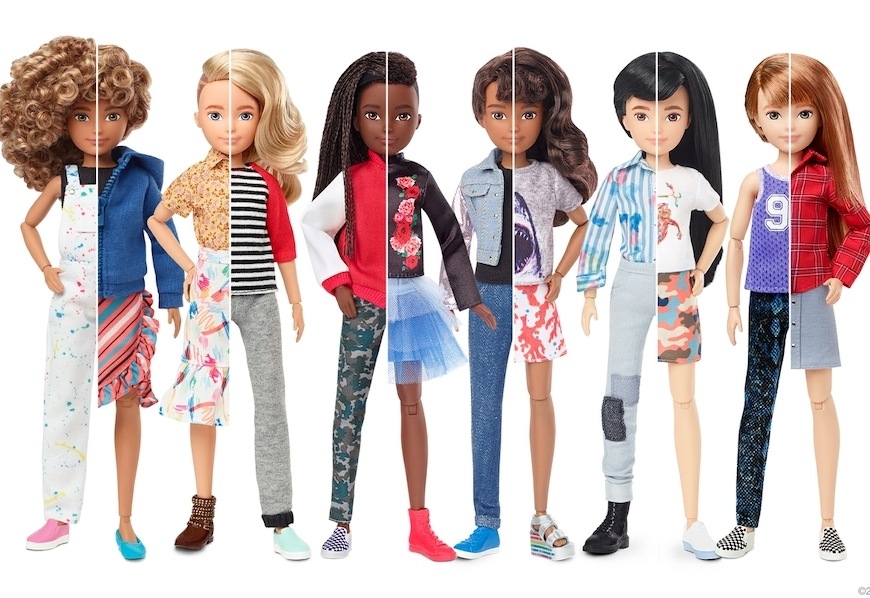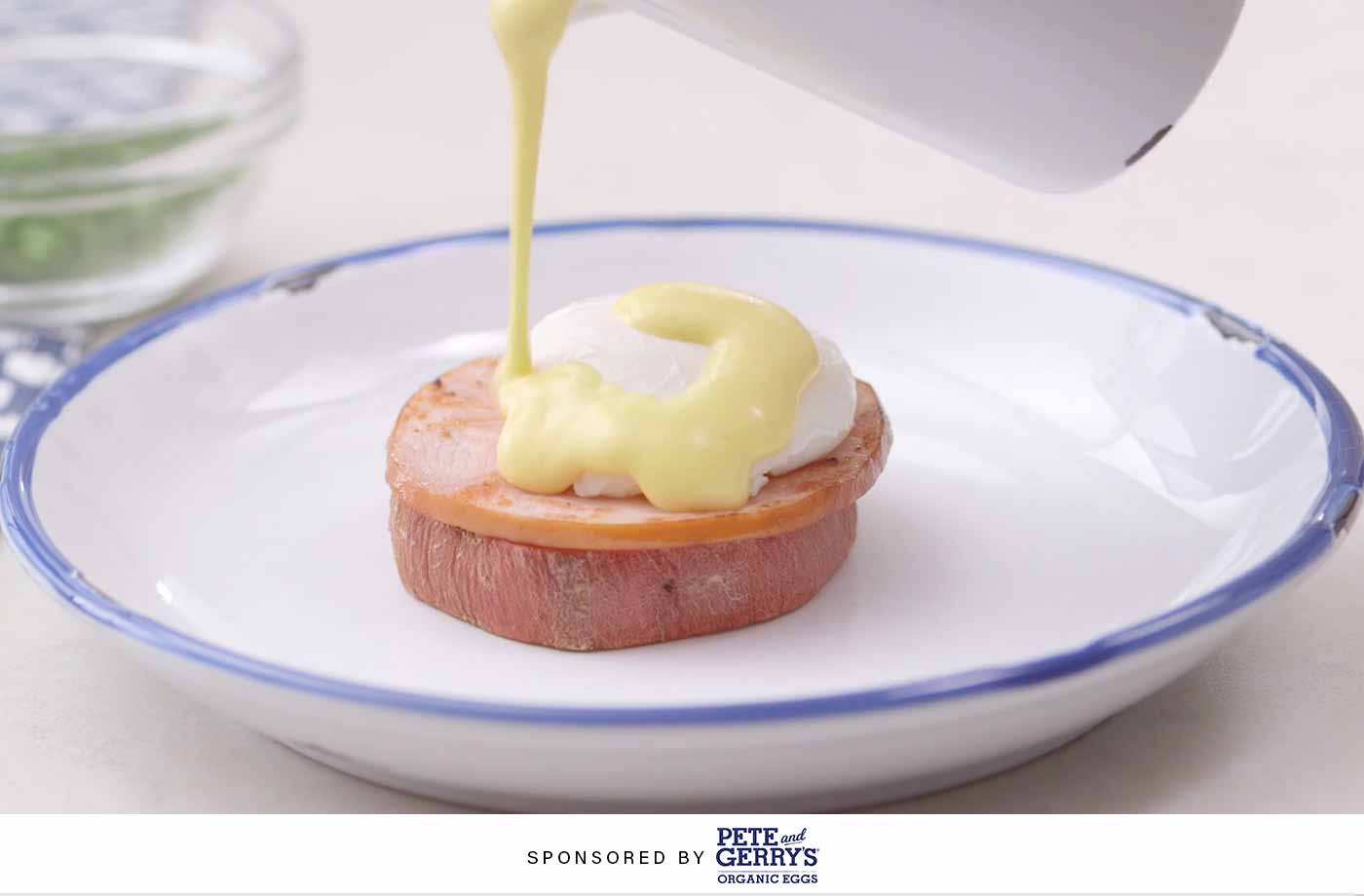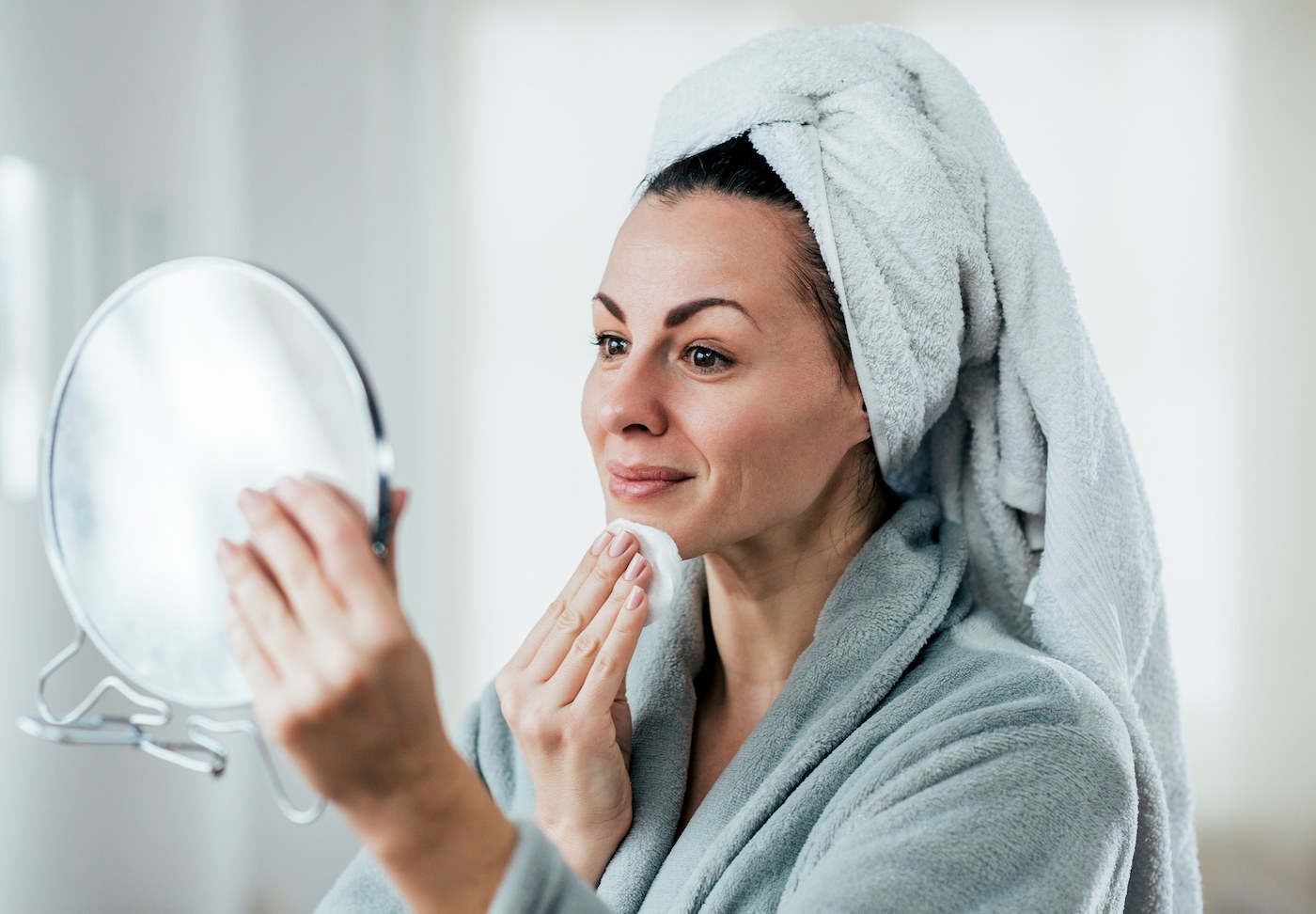
September 26, 2019 at 10:07PM by CWC
Mattel‘s most famous creation, Barbie, made her debut 50 years ago at the 1959 New York Toy Fair. Since then, she and her plastic significant other, Ken, have ruled a heteronormative universe that tells the same story again and again with little more variation than a costume change. In response to changing American beauty ideals (and plummeting sales), Barbie and her pals got diverse body types in 2016. And now, in an effort to more accurately reflect the human experience in 2019 and beyond, the company’s new line of “gender-neutral” dolls, released earlier this week, includes six kits, each containing a doll with a different skin tone, two hairstyle options, and “endless styling possibilities.”
Certainly even Mattel’s Creatable World dolls still fall short of comprehensive representation, but the toy offers powerful visibility, says Laura A. Jacobs, LCSW-R, a trans and gender-queer identified therapist specializing in LGBTQ issues. “There infinite ways in which gender could be expressed,” Jacobs tells Well+Good. Creating a real-life world in which we recognize the diversity of gender expression significantly benefits from a world of play fueled by a parallel mission. “There are a lot of youth who are exploring gender and this gives them yet another model, so to speak, to feel validated. To feel like they can be who they feel themselves to be inside. Whereas beforehand, when we just had very heteronormative Barbies and Kens, a lot of people really felt like they were left out of that.”
Several national LGBT organizations have expressed support the new line of dolls. Gay & Lesbian Alliance Against Defamation (GLAAD) president and CEO Sarah Kate Ellis told HuffPost that the dolls are “the latest sign that toys and media aimed at kids are expanding to reflect how diverse children and their families actually are.” And The National Center for Transgender Equality updated the lyrics to Aqua’s unforgettable song “Barbie Girl”: “I’m a non-binary doll/ In a binary world/ I am plastic/ It’s fantastic/ You can brush my hair/ Please use the pronoun “their”/ Imagination, life is your creation.” It’s just as catchy and way more inclusive.
For children, interacting with the dolls offers a model for the different ways there are to be a living, loving human being, says Jacobs. They teach others (including adults) how to be an ally. “I think that these dolls send a message to outsiders that these identities are becoming more and more a normalized society,” says Jacobs. “It’s a certain amount of ‘we’re here, we’re queer—get used to it’ or ‘we’re here, we’re gender-queer—get used to it.’”
“I think that these dolls send a message to outsiders that these identities are becoming more and more a normalized society.” —Laura A. Jacobs, LCSW-R
Samantha (who asked to use a pseudonym), the founder of a sex positive educational platform called Shrimp Teeth, says that the dolls’ only shortcomings stem from the difficult task of representing a broader understanding of gender experiences (e.g., using long hair to connote the “feminine”). “There’s a question of how we should visually represent these super complex topics,” she says. “Mattel took symbols that we currently understand and simplified them, which raises the question: What would non-binary gender look like without just resorting to short hair, long hair, ‘boy clothes,’ ‘girl clothes’?”
ADVERTISEMENT
ADVERTISEMENTKate Spade Autumn/Winter Sale |
It’s certainly a question for the future of play and the future of iconography. For now, however, one thing is clear: Mattel is giving shelf space in the toy aisle to a variety of perspectives and experiences. Barbie and Ken’s new neighbors are femme, gender-queer, bisexual, and more. And well, it’s about damn time.
Here’s how to be an LGBTQ+ ally all year round. Plus, why inclusive gym are on the rise.
Author Kells McPhillips | Well and Good
Selected by CWC
ADVERTISEMENT
ADVERTISEMENTUp to 30% off Gift Sets |






